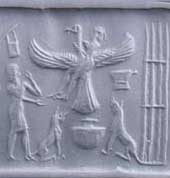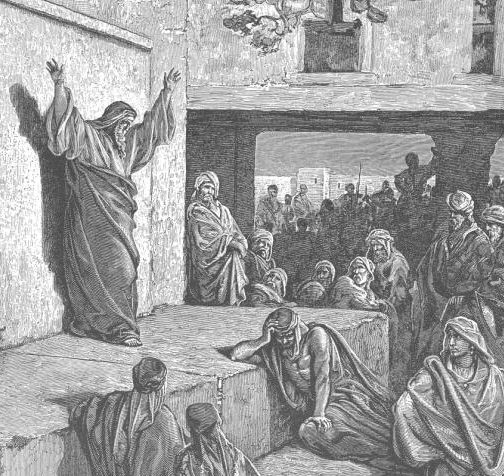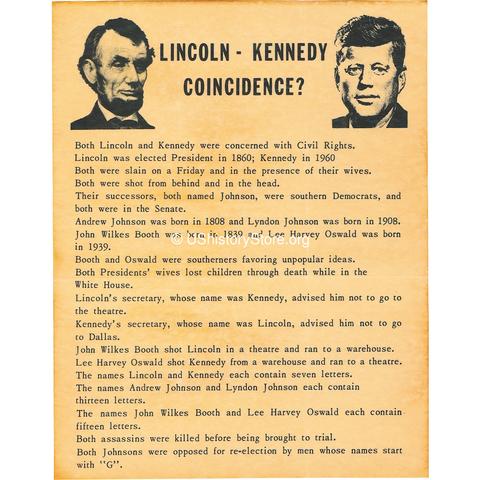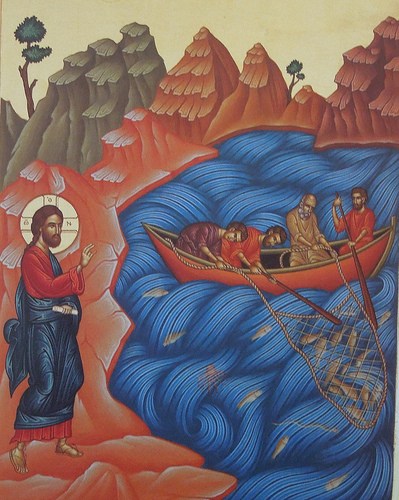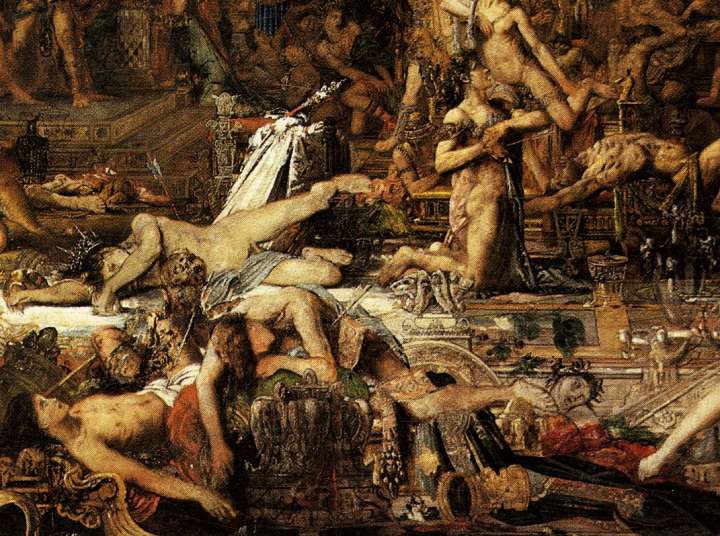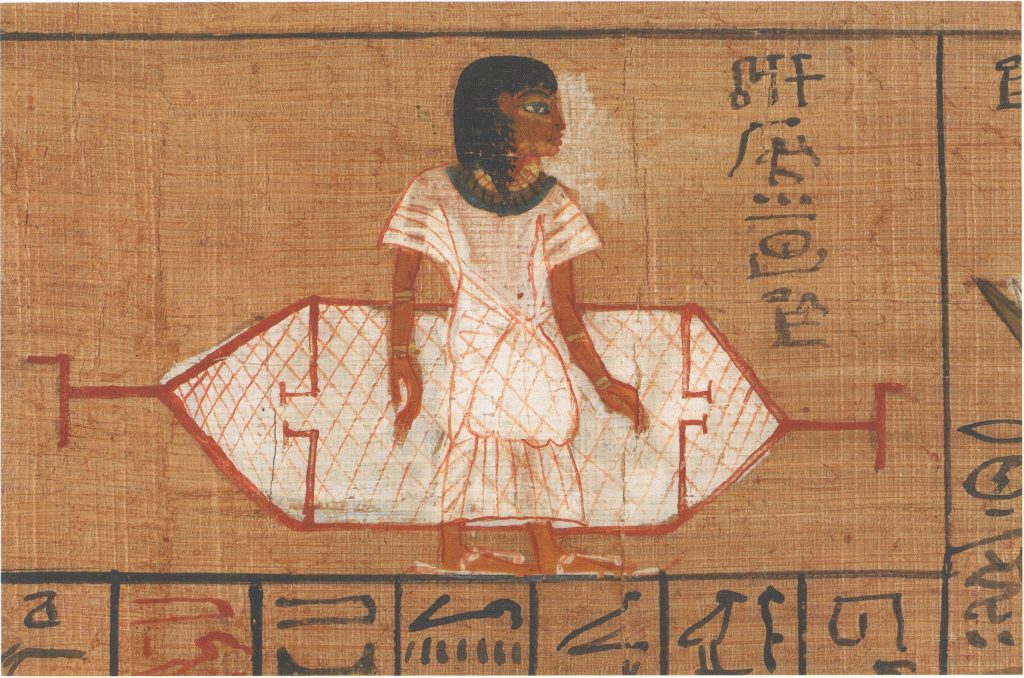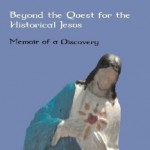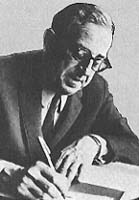Parallelomania — the term has been too often misunderstood and misapplied to serious work that deserves attention. On the other hand, there are a lot of proposed parallels that are, let’s say, eccentric. How to tell the difference?

I’ll use Michael Goulder’s explanation of what makes a meaningful parallel and in subsequent posts address how to identify a misleading parallel. (Some of us will be thinking of Samuel Sandmel’s famous article, Parallelomania. I made a link to that article available here because very often I have found people, including some professional scholars, misunderstanding what he wrote. Or perhaps they never read it carefully to begin with. In this post, however, we give Goulder a turn to speak.)
In Type and History in Acts Goulder is discussing typology which is a particular type of parallel. The key question of interest is,
What is in question is whether it is possible to assert that a type [or parallel] is understood by a New Testament author when the details of the story do not make it quite so obvious, and the type-antitype connection is much less real, or to modem eyes not real at all. (p. 2)
Nonsense, replies the critic
For Goulder, the answer is relatively simple.
Much criticism could be dispelled if it were realized that almost all typology is cumulative. The typologist may assert, for example, that the sermon on the mount is the antitype of the giving of the law on Mount Sinai. Nonsense, replies the critic, there is no evidence of this: there are plenty of mountains in Galilee, and Jesus climbed one to instruct his disciples — that is all. (p. 2)
Here’s how Goulder justifies the view that the evangelist deliberately created a parallel between the Sermon on the Mount and the giving of the law to Israel on Mount Sinai. . .
It’s Cumulative all the way down
Okay, we read Jesus went up on a mountainside to give his sermon. Nothing to see here, the “parallel” critic says. And the critic is right. So far.
But then we must recall that a very few chapters earlier we read the story of a Herod massacring all the infant boys in Bethlehem and few of us could deny that that little episode did bring to mind the Exodus account of the Egyptian Pharaoh’s edict to massacre newborn Israelite boys. Obviously there are many differences between the two tales but we cannot deny that there are core similarities.
| Differences | Similarities |
| Jesus is not saved by being put in an ark | fear inspires the tyrant |
| then floated on the river Jordan | future saviour of Israel is delivered |
| and finally adopted by Herod’s daughter |
If I can interrupt to add to Goulder’s discussion here: I suspect that if one had the two texts side by side one could itemize a list of differences that would be much longer than a list of similarities. Some critics reject proposed parallels on the basis that they can count more details of difference than they can of similarity. But what is surely important is the predominant theme or ideas in the stories and the idea of a miraculous saving of an infant saviour from a tyrant attempting to kill all and sundry in hopes of getting his babe must outweigh dozens or even scores of background, decorative, setting and scenery details. (Further, some critics dismiss parallels solely in the basis of a single obvious difference (many reject the Heracles-Jesus parallels solely on the basis that Jesus was not a “strong man” hero despite the many and often explicit similarities ancient authors made between Heracles and other Jesus-comparable figures like Socrates), but the “difference” game can logically come to a point where we say that nothing can be derivative of another unless it is the same in all points. But then, of course, we have the same thing again and not an analogue at all.) Back to Goulder…
Might we not simply say that the massacre stories are alike by coincidence? Yes, indeed. That is possible. An author may be aware of only a limited number of that type of legendary narrative and his imagination might not grant him access to many new ideas.
After all there may be a limited stock for the plots oflegendary stories, and we expect some coincidence. Peter’s discovery of the stater in the fish’s mouth is like the story of Polycrates’ ring, but this does not lead us to speak of types and antitypes. (p. 2)
But while reading Matthew we find that just before Herod’s murderous rampage gets underway Jesus is taken down to Egypt by his parents, Joseph and Mary. Are we allowed to let our minds wander and recall that preceding Pharaoh’s massacre of the infants in the book of Exodus Joseph took his family down to Egypt — in the final chapters of Genesis. Continue reading “Parallels — How to tell if they are “Real””

